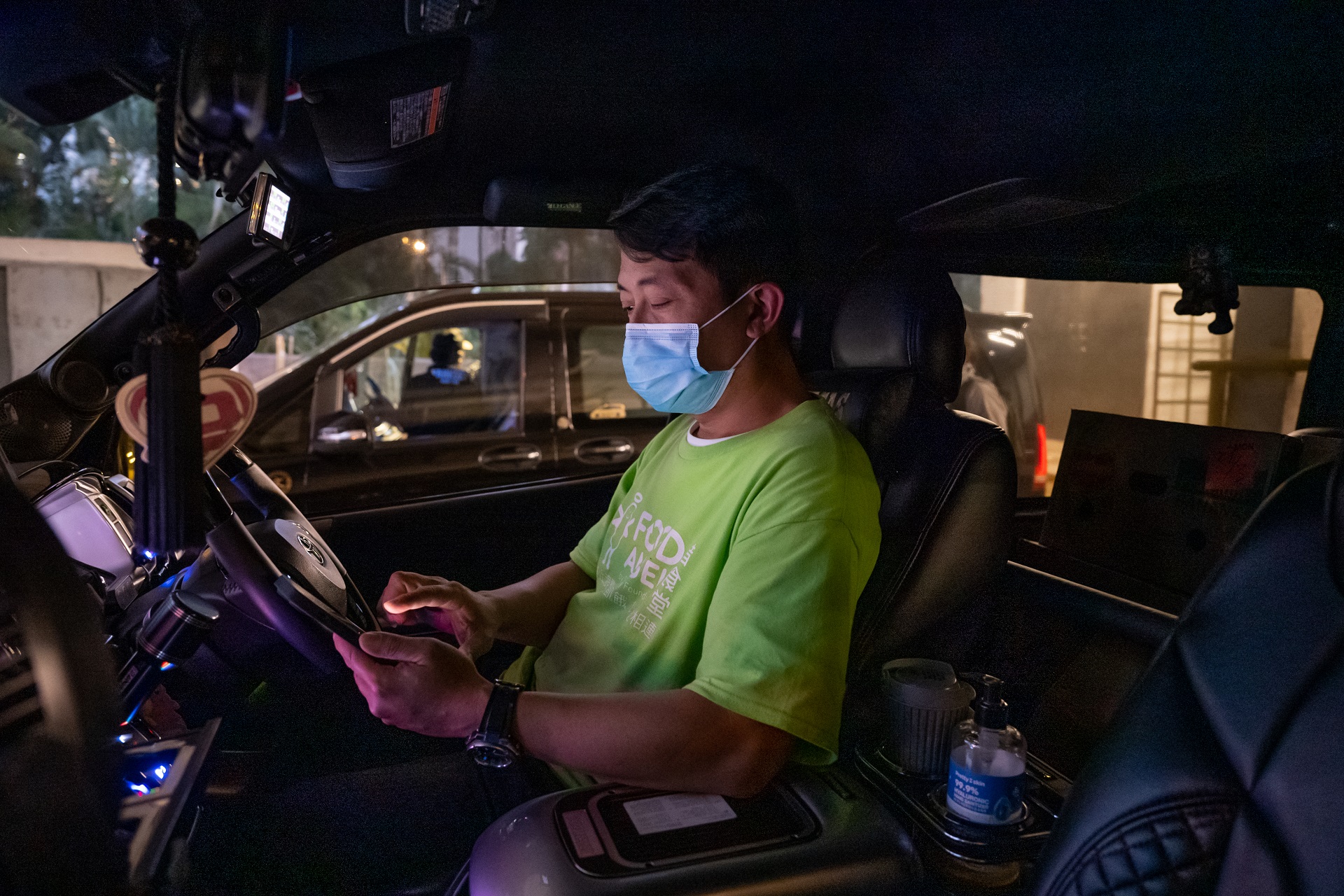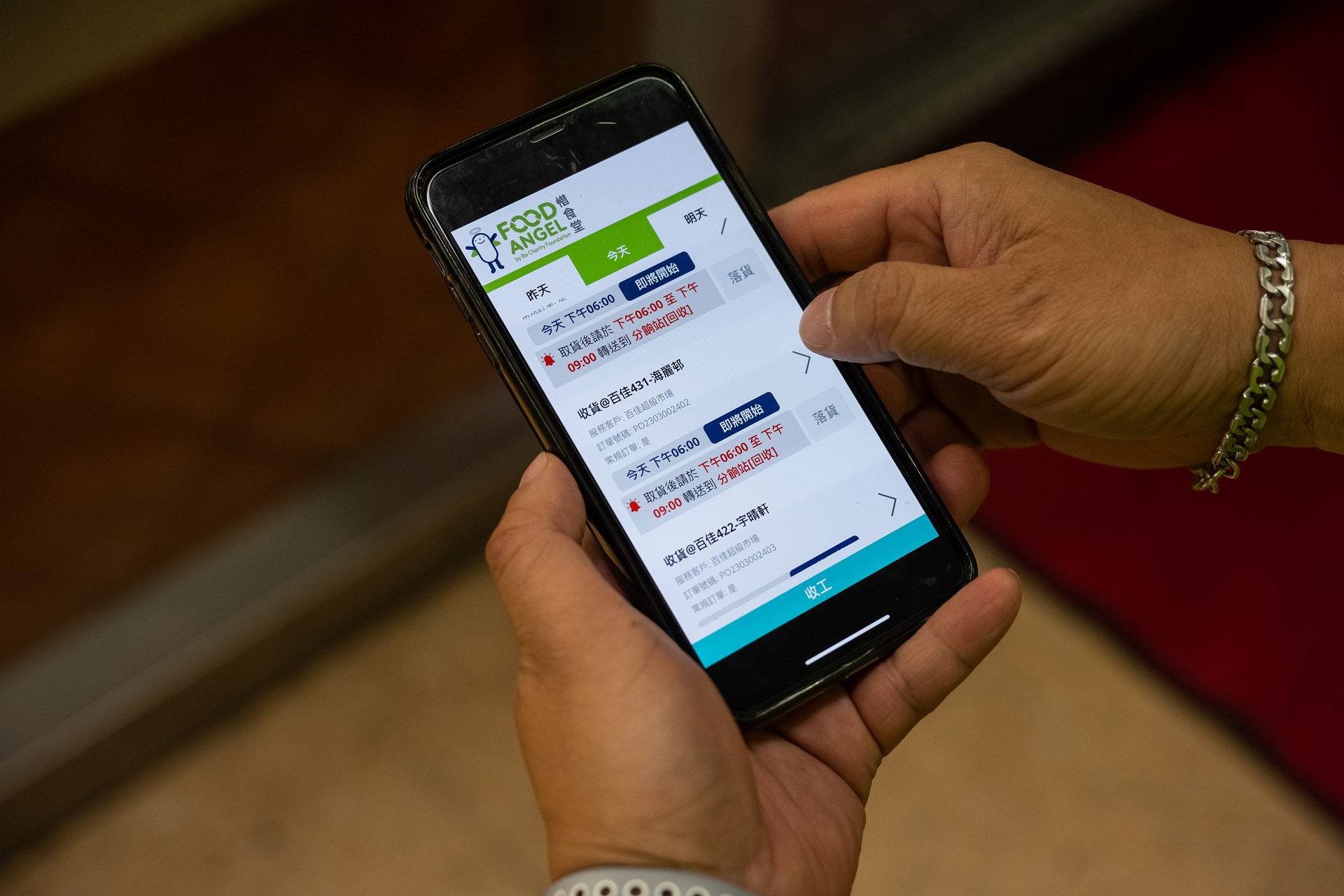It’s lunch time and the click-clack of chopsticks is the only sound in this sunlit community center in Kowloon, Hong Kong. About 30 grey-haired diners sit at small tables, dipping into steaming bowls of rice, pork belly, leafy greens and lotus root soup.
Au Shu Kei, 88, wearing a flannel shirt, denim jacket and surgical mask, walked here from his apartment 10 minutes away. A retired hotel shuttle bus driver, he comes five days a week for lunch.
Does he have a favorite dish? “I am not a picky eater,” he says, “as long as it’s healthy food.” He adds: “The service here is good.”
How this meal happened is part logistical acrobatics, part daily miracle – with some help from technology.
Orchestrated by an NGO aptly named Food Angel, it involves an army of food collectors fanning out to markets, restaurants, hotels and groceries across Hong Kong to pick up surplus food that would otherwise be thrown away because it is a little bit wilted or bruised or simply uneaten. They collect 45 metric tons each week; more than half from ParknShop, a grocery chain owned by listed conglomerate CK Hutchison Group. Other donors include airline Cathay Pacific and luxury hotel The Peninsula Hong Kong.
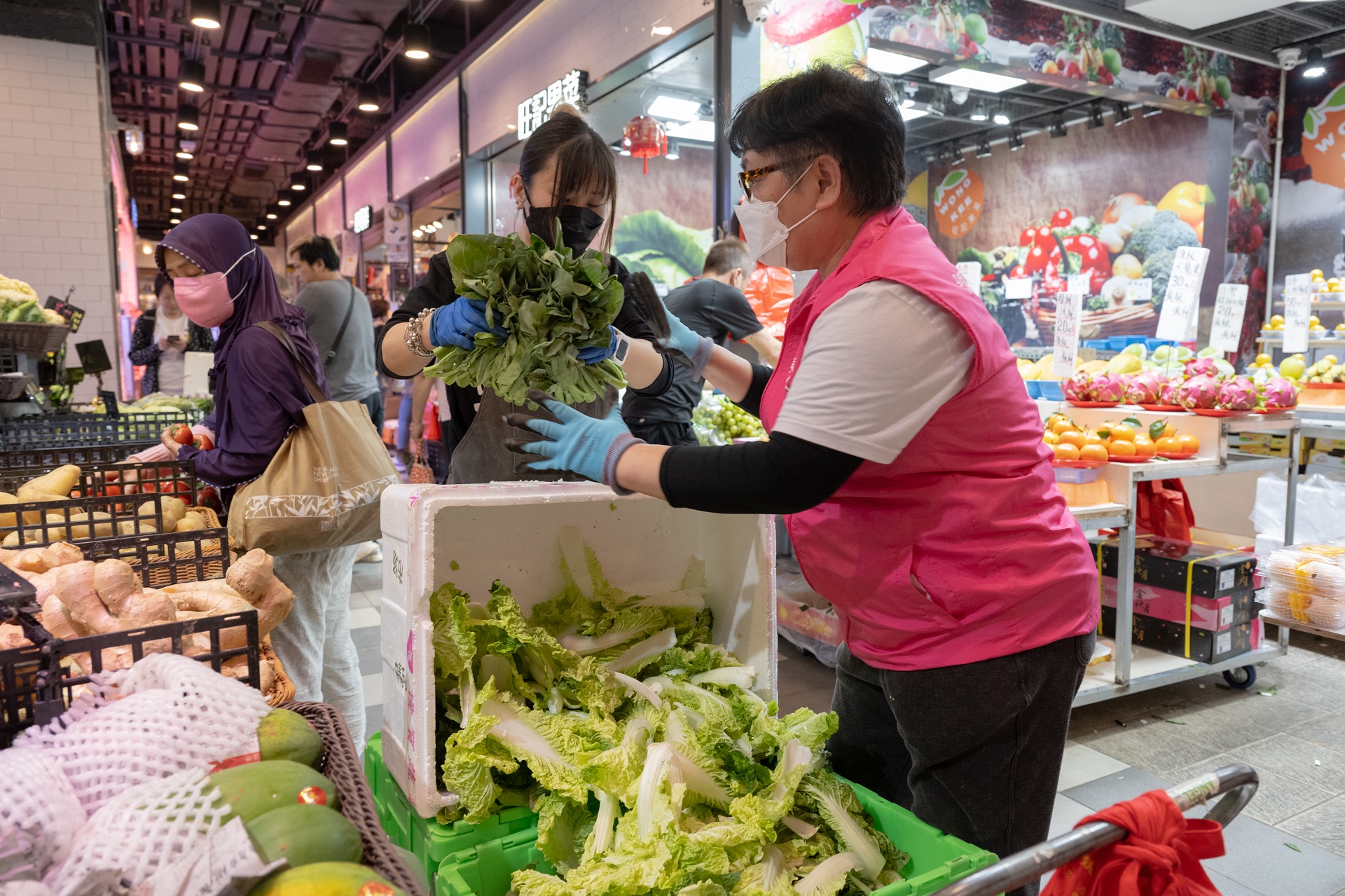
Racing against time – and expiration dates – Food Angel turns this rescued bounty into 20,000 hot and chilled meals daily and helps deliver 11,000 other meals and food packs through a network of charities and vending machines, as well as home delivery to some of Hong Kong’s poorest neighborhoods.
“Basically, we rescue food which is still edible, following strict food safety protocol, and turn them into meals for the needy community free of charge,” said Zoe Lee, Food Angel’s Chief Strategy Officer. Recently, the NGO’s work has been driven by technology including Microsoft’s Dynamics 365 Field Service and Business Central software and Power Apps, hosted on Azure.
Hong Kong is a financial hub and culinary capital. It’s also a place where a significant underclass – many elderly – struggle just to put food on the table. Hong Kong tops the world in longevity, surpassing even Japan.
The elderly population reached 1.3 million in 2020, accounting for one-fifth of the total population, according to the Hong Kong Poverty Situation Report published by the government. Forty five percent of the elderly – or 583,600 – were identified as poor before any government aid.
As one of the world’s most densely populated cities, Hong Kong also has a giant waste problem: its three operating landfills are close to full. Hong Kong’s Environmental Protection Department estimates that 30% of the 10,809 metric tons of municipal waste dumped into landfills each day comes from food. For the last few years, the government has been actively promoting food donation, recycling and composting.
All these factors make the case for food rescue here particularly compelling.
Food Angel was launched in 2011 by Bo Charity Foundation, an NGO founded by Gigi Tung, a former children’s gym entrepreneur. Years ago, Tung witnessed a common street scene that for her threw in sharp relief Hong Kong’s wealth gap.
“In an area with luxury stores, I saw a granny struggle to push a cart piled with cardboard up a slope,” she told an interviewer on Hong Kong Cable TV in 2012. “This showed the inequality of society. I thought about ways I could help her. The most direct one was to provide her with meals.”
Tung coined the slogan “Waste Not, Hunger Not, With Love.” When the pandemic hit, waste and hunger both shot up, and more people needed Food Angel’s version of love.
Today, the organization produces double the number of hot and chilled meals – 20,000 a day – as before the pandemic.
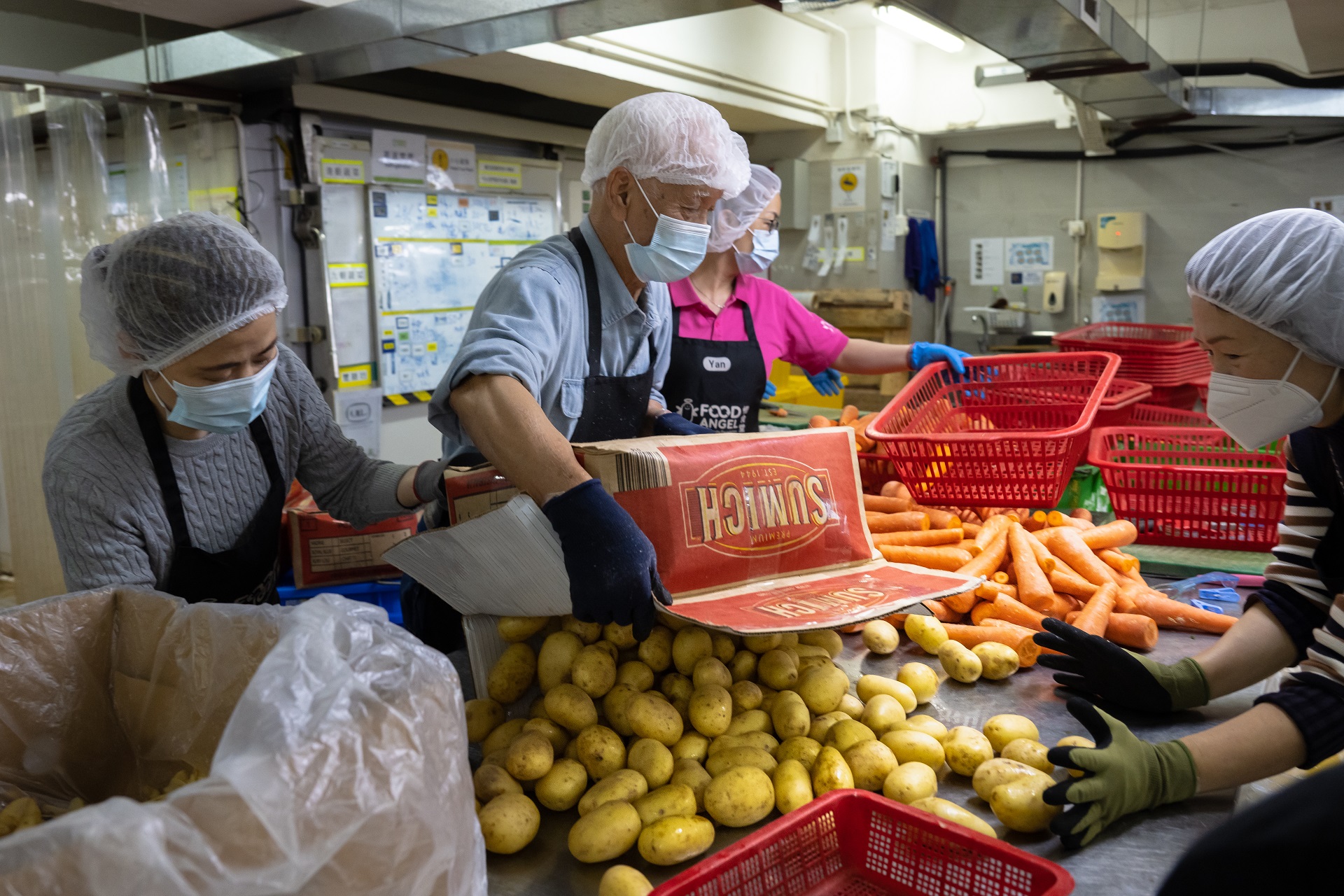
As Food Angel grew, so did the complexity of its work. Up until two years ago, it relied on a hodgepodge of mobile messaging, pen on paper and multiple spreadsheets to operate.
It was messy. There was no way to know what or how much had been collected until drivers arrived back at the warehouse after their rounds. Food collectors and drivers sometimes missed each other by minutes at collection points, with no one the wiser until hours later.
Two years ago, as demand for services jumped, Food Angel began working with a tech consultant to figure out a better way. “Food Angel’s operation is quite unique,” said Kenny Zee, the NGO’s head of IT. “We could not find any ready-made system that fulfilled our business requirements.”
The team ended up customizing a solution using Microsoft technology. Dynamics 365 Field Service is used to manage logistics and is integrated into an app the team built using Power Apps, a Microsoft tool that allows people without extensive coding knowledge to create their own apps. Drivers now are assigned routes via a mobile app, which includes information such as what size vehicle can squeeze into a collection spot and whether there’s a ramp available. Drivers tap in what they’ve picked up and how much at each collection point.
Dynamics 365 Business Central is used to manage the inventory so that chefs have a constantly updated, unified view of what’s in stock to plan menus. Charity partners can also request specific food items through the system, all hosted on Azure. Meal deliveries are tracked online also using Field Service.
Zee’s team plans to analyze the one-and-a-half years of logistical data they have so far to quantify the impact. That sort of analysis is increasingly important as the NGO begins building a new central kitchen on land provided by the Hong Kong government that by 2025 will almost double its production capacity.
Watching the system in action is like witnessing a dance of humans and technology.
On a recent weekday evening, Yau Mo Chun – wearing a bright pink vest emblazoned with “Food Angel” – is pulling a trolley around a bustling market in Sham Shui Po, a low-rent neighborhood in Kowloon, cheerily greeting vendors. She arrives just after 6 p.m., when the after-office crowd is arriving to pick up groceries for dinner. It’s also the key moment when vendors are sizing up the day’s sales and deciding whether to discount, donate or both.
One stall owner hands over a bag of bok choy, and another tosses over a handful of French beans, a dragon fruit and a few hairy gourds. “Nothing today,” one vendor tells her, turning to a customer.
Yau pulls her trolley, now laden with boxes of produce, through swinging back doors to a loading bay. There, she is met by driver, Tang Wah Yin, waiting with the back of his black van open. He snaps a picture of the collection, taps in descriptions and estimated weights, and is off to the next stop on his daily route of some 30 collection points.
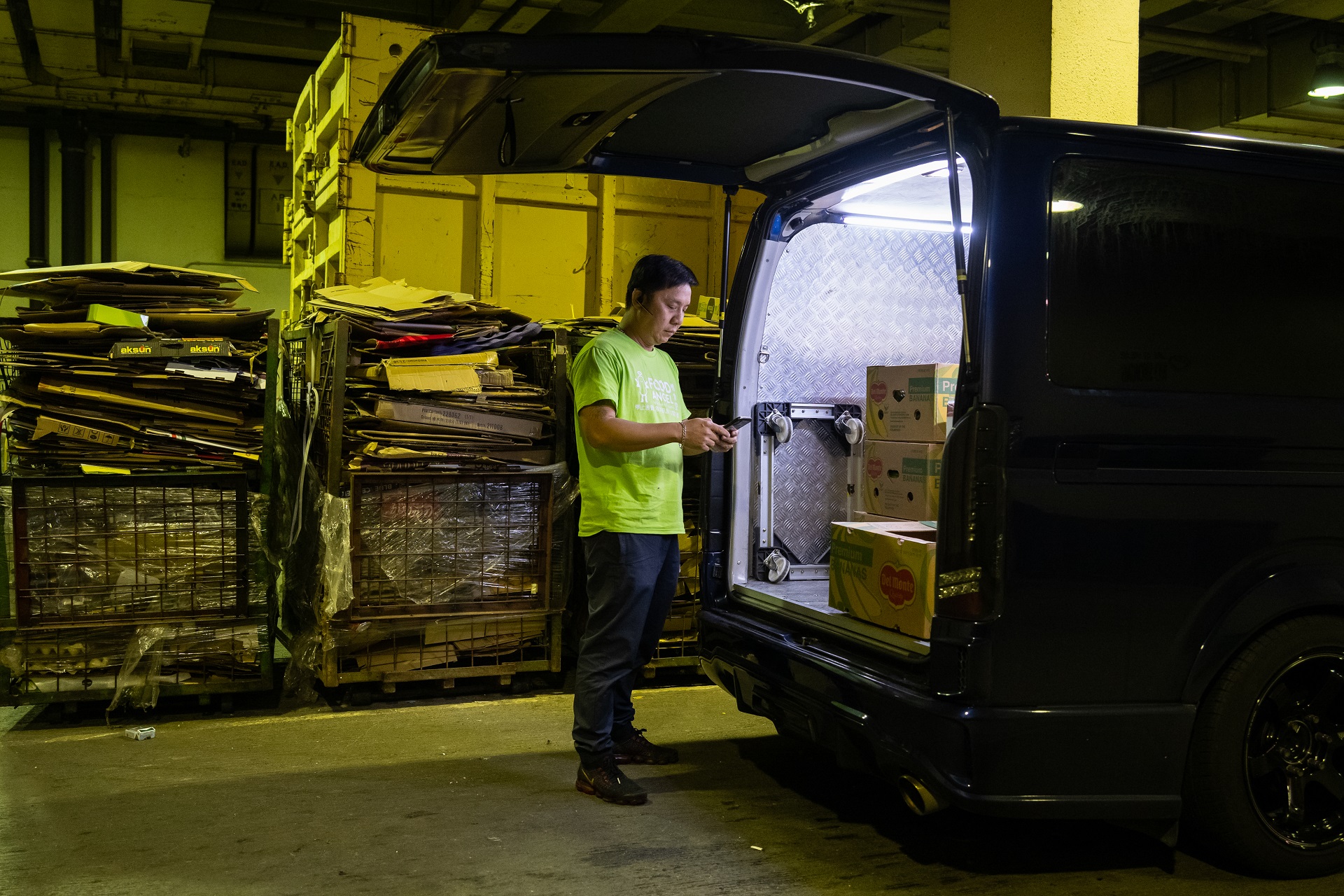
This scenario is repeated at 150 locations across Hong Kong, including vending machines in malls where the public can drop off packaged dry food.
By about 8:30 p.m., all the drivers have returned to the various warehouses, from a room-sized refrigerator for fresh produce at Lai Chi Kok to a meat storage facility in nearby Kwun Tung to a warehouse for rice and other dry goods in the New Territories. Though scattered, all the items are now visible on a single inventory, and they will be used by the head chef to plan menus two to three weeks ahead.
The next morning, in a kitchen at Food Angel’s headquarters in Sham Shui Po, trays of pork belly are stacked in industrial-sized steamers resembling refrigerators. Workers and volunteers in hairnets, surgical masks and aprons scoop rice and soup into reusable containers.
Before midday, all the meals from Food Angel’s three kitchens are ready, packed and headed out. More than half will be delivered by van to charity partners – churches, shelters, homes for the elderly – with the rest delivered via automatic food dispensers or served at the NGO’s own cafeterias or delivered directly to homes, some by volunteers on foot.
Stanley Wong, Food Angel’s chef manager, was previously a sous chef at the Hong Kong Jockey Club. This job is a whole different ball game.
“In a conventional food production plant, all the chef has to do is decide on the menu, and then buy the ingredients,” he said. “But as a charity, we have to make the best use of our donations. About 60% of our ingredients come from food rescue and we buy about 40% of the ingredients, so we have to be very clear about our inventory to decide on the menu and finally what to buy.”
That doesn’t mean he can’t be creative. Wong says he is inspired by what’s in season and tries to match them up with donated stock. He has conjured blueberry pork from blueberries and orange fish fillets from oranges.
“When we see the smiles on the faces of our service users when they receive our meal boxes,” he said, “we can overcome all challenges.”



